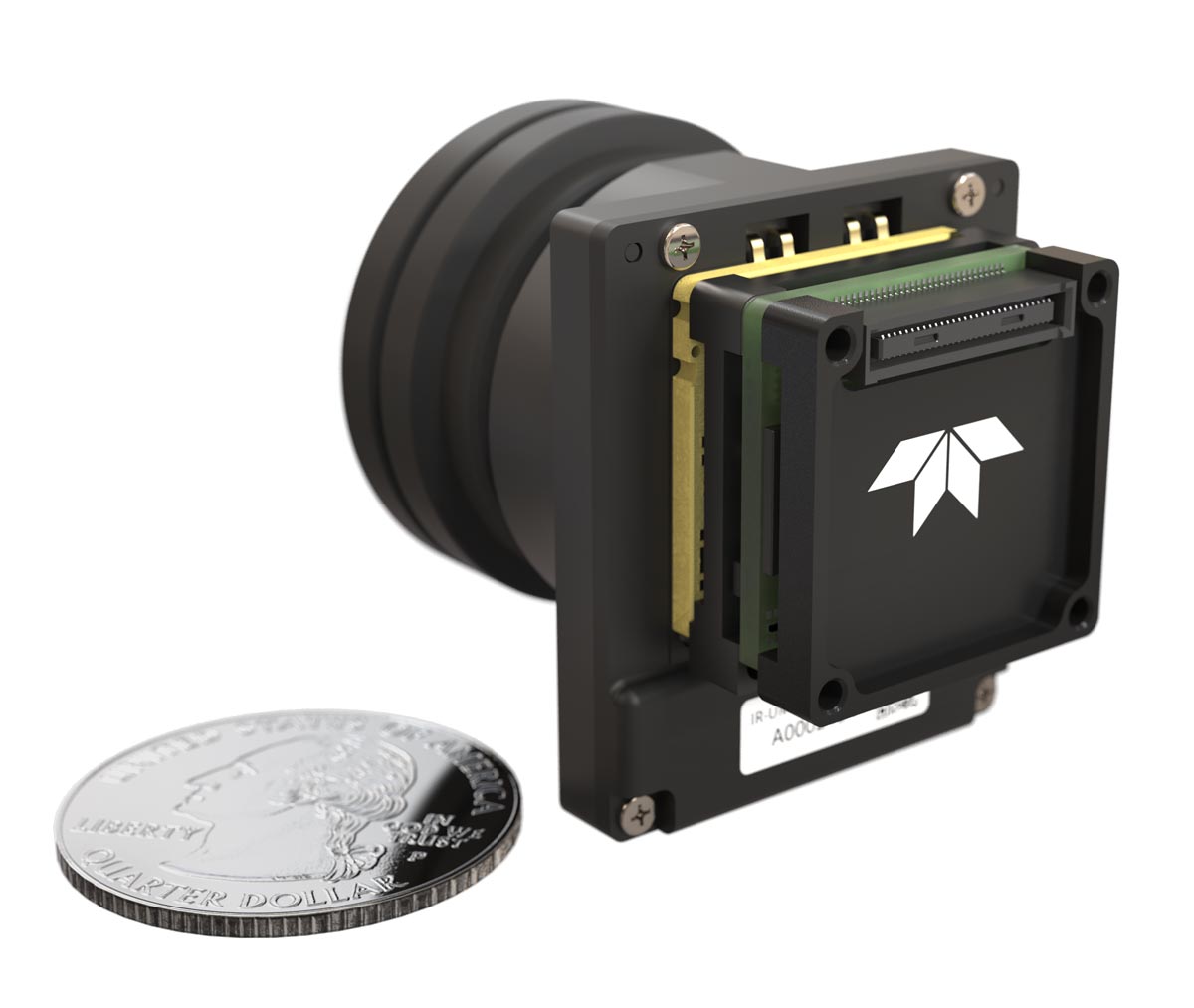Contents

Source: Wikipedia
<>
Infrared Detectors
Infrared Photodetectors
Infrared detectors are used to detect infrared light. There are different types of infrared photodetectors:
Infrared Photodiodes
For short-wavelength near-infrared light, silicon photodiodes can be used. Beyond certain wavelengths, materials like InGaAs, germanium, and InSb are utilized. Lead salt detectors can detect longer wavelengths beyond 5 μm.
Infrared Photoconductive Detectors
Lead salt detectors and mercury cadmium telluride (MCT) detectors are common in detecting infrared light. MCT detectors are often used in thermal imaging applications.
Quantum Well Infrared Photodetectors (QWIP) and Quantum Dot Infrared Photodetectors (QDIP)
QWIPs and QDIPs are based on quantum structures and are used for specific infrared wavelength ranges. They offer advantages in certain applications over traditional detectors.
Thermal Infrared Detectors
Thermal detectors respond to temperature changes caused by infrared light absorption. Pyroelectric detectors and bolometers are common types of thermal detectors.
Pyroelectric Detectors
Pyroelectric detectors generate an electric pulse in response to temperature changes induced by infrared light. They are used in various applications, including optical energy meters.
Bolometers
Bolometers measure temperature-dependent electrical resistance in response to absorbed infrared light. Microbolometers are used in infrared cameras for thermal imaging.
Trade-off between Sensitivity and Bandwidth
Thermal detectors face a trade-off between sensitivity and bandwidth. Factors such as thermal resistance and heat capacity influence the performance of the detectors.
Conclusion
Infrared detectors play a crucial role in various applications, from industrial sensing to thermal imaging. Understanding the different types of infrared detectors and their operating principles is essential for choosing the right detector for a specific application.

Source: Teledyne DALSA
Feel free to comment your thoughts.



